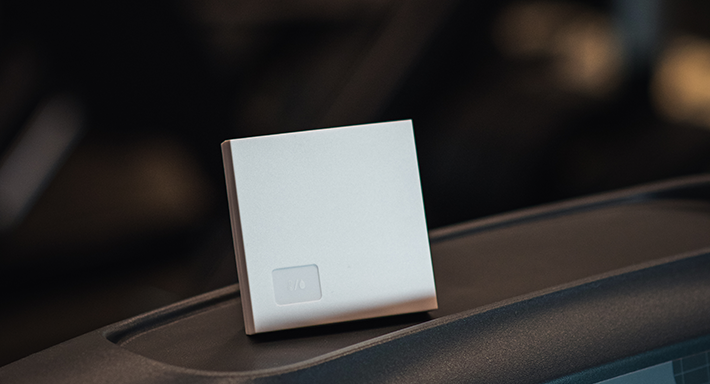It is very known that gyms are found to have heightened concentrations of carbon dioxide, carbon monoxide, formaldehyde, and unsurprisingly lots of airborne dust. If there's ever a place where indoor air quality monitoring is useful, it's certainly in gyms, and other physical activities centres.
It is easy to speculate that human emission is the biggest source of all fitness-related air pollution but are forgetting that there are many other chemicals mixed in the air. When an individual goes into a strenuous workout their body releases amino acids from sweat and acetone from breathing and heavy panting. It is researched that a single exercising person emits about as many chemicals from their body as five people who're at rest. Not to mention those deep gasping breathers after a HIIT or aerobics sessions spew massive amounts of carbon dioxide into a confined workout chamber. Our best hope is that all gyms have efficient air purifiers and proper ventilation.
In addition to human emissions, a perhaps bigger source of air pollution comes from chlorine-based bleach cleaners. Whilst, they do an incredible job of killing bacteria and viruses, they do always find a way to seep into the surrounding air. An anonymous gym owner once called it a "Chemical cocktail" before taking safety precautions by monitoring indoor air quality to support air renewal, and safe workout spaces for people. A common mis-concept is that once you clean your machine after usage, any remaining bacteria is dead and has disappeared, this is false. When the next person to use said machine comes in, poured in their sweat, bodily emissions very often mix with cleaning chemicals, and imagine this happening all day, every day of the week.
How do we mitigate harmful pollutants?
First and foremost, affordable methods in mitigation should be with measuring indoor air quality through levels of CO2 particles per million, as it's commonly deemed a benchmark for many pollutants especially those airborne that can be found in gyms. Measuring supports automation through indication of when CO2 levels exceed worrying levels.
For example, it may come in handy for many gym owners to know that particulate matter levels are highest elevated during peak and cleaning times. With this information, they can set up sensors throughout their spaces to understand just when and where exactly they are highest. Another example could be setting up enclosed shoe lockers right by the entrance to reduce the risk of dust particles and other potential harmful compounds from being mixed with said "chemical cocktail" of particles in the air.
Ideally gyms should be mopped to dampen down the particles or vacuumed with cleaners equipped with HEPA filters which force air through a fine mesh of fiberglass where the particulates, dust and mold spores are trapped.
Data collection has been made incredibly easy and free of physical presence, as data is accessible through a host of software platforms (FoxerIoT being one of the many). Investing in IoT solutions can drastically improve reputation for cleanliness, and cut on potential damaging costs, all whilst making it a safer and healthier space for everyone. Using IoT solutions for indoor air quality for gyms and other physical activity centres isn't a revolutionary discovery, but certainly one not talked about enough.

Indoor Air Quality IoT solutions for gyms
References:
https://www.theladders.com/career-advice/scientists-tested-air-quality-in-a-busy-gym-the-results-were-shocking
https://www.allergystandards.com/news_events/indoor-air-quality-fitness-centre-gym/
https://web.foxeriot.com/
